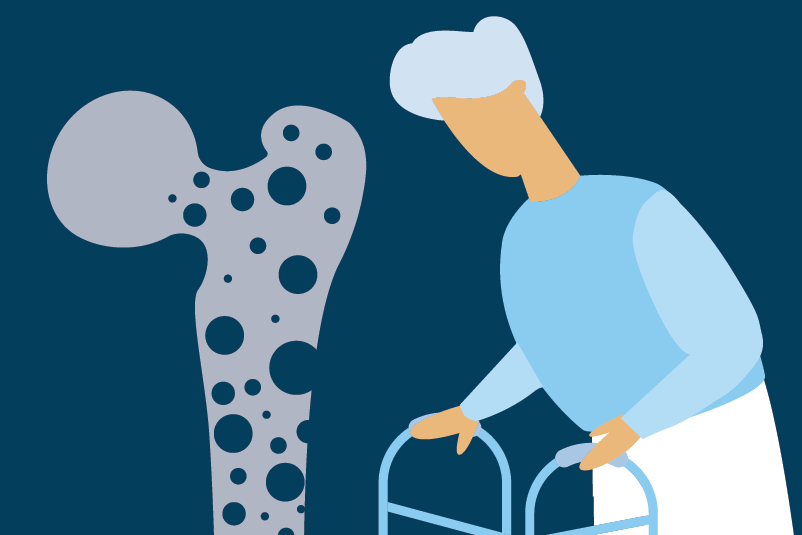#263 Finding COVID – How Good is the Test to Detect it?

Reading Tools for Practice Article can earn you MainPro+ Credits
Join NowAlready a CFPCLearn Member? Log in
- Retrospective study, 1014 patients, COVID-19 symptoms, all underwent both CT chest and PCR.1
- Using CT chest and symptoms as the “gold standard”:
- PCR sensitivity 68% (601/888).
- Using PCR as the “gold standard”:
- CT chest sensitivity 97% (580/601).
- Using CT chest and symptoms as the “gold standard”:
- Samples from various anatomic sites:
- 866 samples from 213 inpatients who previously tested positive.2 Sensitivity of swabs collected 0-7 and 8-14 days after symptom onset:
- Sputum: 83% (45/54) and 77% (47/61).
- Nasal: 72% (158/219) and 58% (130/226).
- Throat: 61% (58/95) and 41% (26/63).
- 866 samples from 213 inpatients who previously tested positive.2 Sensitivity of swabs collected 0-7 and 8-14 days after symptom onset:
- 1070 specimens from 205 patients (disease course not reported):3,4
- Sensitivity of bronchoalveolar lavage 93%, sputum 72%, nasal/nostril swabs 63%, and pharyngeal swabs (oral or nasopharyngeal) 32%.
- Nasopharyngeal 90%.
- Throat 87%.
- Nasal 80%.
- Saliva 77%.
- Inappropriate specimen collection, storage, and transport are likely the biggest contributors to false negative results.8-10
- Chance of false negatives depends on both sensitivity and pre-test probability (the chance of having the disease).
- Sensitivities of PCR are between 90% and 50%.
- If pre-test probability is ≤10% (example minimally symptomatic patient in community): False negatives from 1% to 5%.
- If pre-test probability is ~80% (example hospitalized patient with x-ray findings and known exposure): False negatives from 8% to 40%.
- While not a reliable indicator of prevalence, positive rates for COVID-19 testing are persistently below 10% in Canada.11







PCR test has false negatives